High Blood Pressure and Cholesterol
Out of Control
February 2011

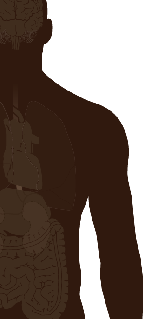
 39
39
Every 39 seconds an adult dies from heart attack, stroke or other cardiovascular disease.
 1 in 2
1 in 2
Nearly 68 million people have high blood pressure but about 1 in 2 doesn't have it under control.
 2 in 3
2 in 3
71 million US adults have high cholesterol but 2 in 3 don't have it under control.
Heart disease, stroke, and other cardiovascular (blood vessel) diseases are among the leading cause of death and now kill more than 800,000 adults in the US each year. Of these, 150,000 are younger than age 65. These diseases are also two of the leading causes of health disparities in the US. Treatment of these diseases accounts for 1 in every 6 US health dollars spent. Two main reasons people have heart disease or stroke are high blood pressure* and cholesterol, which are common, deadly, and preventable. Nearly 2 out of 3 adults with high cholesterol and about half of adults with high blood pressure don't have their condition yet under control. Clearly, other steps are needed to gain control of these health risks.
* High blood pressure means at least 140/90 mmHg. High cholesterol in this report means high LDL ("bad") cholesterol.
Problem
Improved care could save more than 100,000 lives a year.
Why is control difficult to achieve?
- More than 80% of people who don't have their blood pressure or cholesterol under control actually have health insurance. Not only do individuals need to be continually checked for these conditions, they also need good, affordable treatment along with regular follow-up care.
- Many people don't have regular access to medical care, prescription medications, or lifestyle counseling. Some people don't go back to the doctor when they should. This makes it difficult to control their blood pressure and cholesterol. About 1 in 2 adults stops taking cholesterol medicine.
- Improvements in the way health care is delivered are needed. Clinical services that detect and control high blood pressure or cholesterol are not being delivered to all those in need. Changes in how we reimburse for and provide health care services can improve health by giving more people access to treatment.
- People get 77% of their sodium (mostly salt) from eating processed or restaurant foods, which can raise blood pressure. Even people who want to eat low-salt foods may have trouble finding them in grocery stores or on restaurant menus.
- Trans fat found in fried and processed foods such as cookies and donuts can raise cholesterol, contributing to heart disease and stroke. Only 1 in 5 Americans lives where there are policies that eliminate artificial trans fat from restaurant foods.
- Everyday decisions can help keep a heart healthy. These include not smoking, eating right, exercising, and taking prescription medicines. Policies that make it easier for people to eat a healthy diet, walk or bicycle for transportation or fun, and have smoke-free areas can help lower blood pressure and cholesterol.
By the Numbers
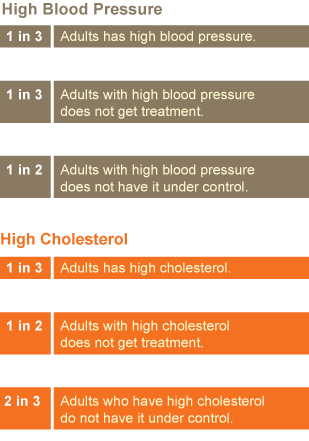
By the Numbers. High Blood Pressure: 1 in 3 Adults has high blood pressure; 1 in 3 Adults with high blood pressure does not get treatment; 1 in 2 Adults with high blood pressure does not have it under control. High Cholesterol: 1 in 3 Adults has high cholesterol; 1 in 2 Adults with high cholesterol does not get treatment; 2 in 3 Adults who have high cholesterol do not have it under control.
Salt Level Can Vary in Common Food Items
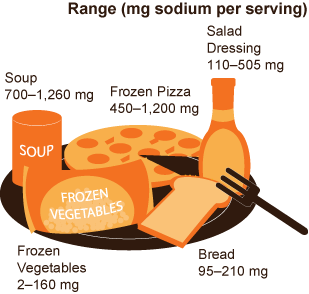
Graphic showing that salt level can vary in common food items. Soup 700-1,260mg. Frozen pizza 450-1,200mg. Salad dressing 110-505mg. Frozen vegetables 2-160mg. Bread 95-210mg.
Current guidelines for sodium intake for adults are less than 2,300 mg of sodium per day at most and 1,500 mg for adults at high risk.
U.S. State Info
Heart Disease Death Rates
2002-2007, Adults Ages 35+, by County
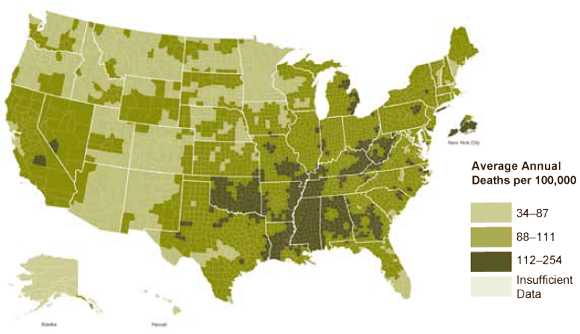
SOURCES: National Vital Statistics System and US Census Bureau.
Stroke Death Rates
2002-2007, Adults Ages 35+, by County
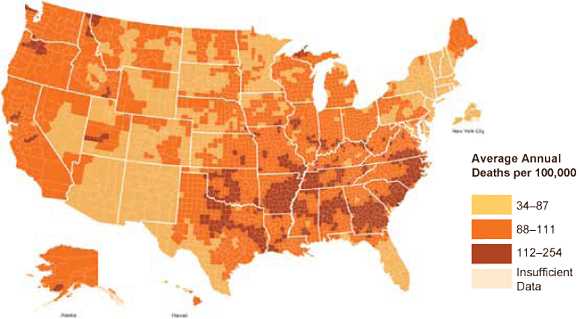
http://apps.nccd.cdc.gov/GISCVH2/
High Blood Pressure and High Cholesterol Among US Adults
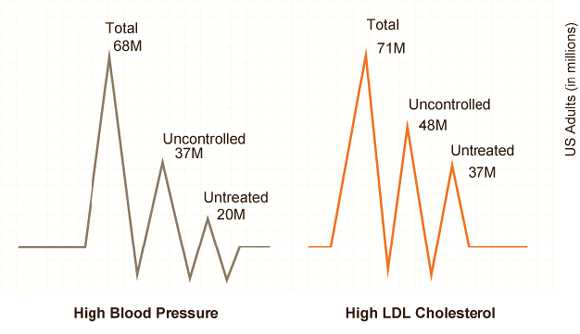
SOURCES: National Health and Nutrition Examination Survey 2005–2008.
What Can Be Done
The Affordable Care Act
- Will expand health insurance coverage to up to 94% of people under age 65 by 2019.
- Will require new health plans to cover preventive services for certain populations including
- Testing for high blood pressure and cholesterol.
- Counseling on the use of daily aspirin to reduce the risk of a heart attack or a stroke.
- Using counseling and medication to help people quit smoking.
- Managing obesity and providing counseling on diet and weight loss.
- Will provide more trained health professionals to treat people with high blood pressure and cholesterol.
- Will improve the delivery of services.
Policymakers can
- Develop policies that reward effective disease prevention and chronic disease management.
- Develop policies that allow other health care professionals (pharmacists, dietitians, community health workers, nurses and nurse practitioners) to have a more active role in managing high blood pressure and cholesterol.
- Develop policies for medical care that increase the use of electronic health records and doctor reminder systems.
- Champion policies to reduce salt and eliminate artificial trans fat in the nation’s food supply.
Doctors, nurses, and other health providers can
- Follow current guidelines for prevention, treatment, and control of heart disease and stroke.
- Use electronic health records and registries of their patients with high blood pressure and cholesterol, or who smoke so patients get the follow-up care they need, and providers get feedback on their performance.
- Manage these conditions at every patient visit at every provider to help them control their blood pressure and cholesterol.
- Remind patients about follow-up care (e.g., automatic phone calls, Internet reminders) and self-monitoring of high blood pressure at home.
- Urge patients at every opportunity to quit smoking.
Individuals can
- Follow your doctor's instructions and stay on your medications to control your blood pressure and cholesterol.
- Eat a healthy diet that is low in salt; low in total fat, saturated fat, and cholesterol; and rich in fresh fruits and vegetables.
- Take at least 1 brisk 10-minute walk, 3 times a day, 5 days a week.
- Don't smoke. If you smoke, quit as soon as possible.
Science Behind the Issue
Related Pages
- Vital Signs: Prevalence, Treatment, and Control of Hypertension — United States, 1999–2002 and 2005–2008
- Vital Signs: Prevalence, Treatment, and Control of High Levels of Low-Density Lipoprotein Cholesterol — United States, 1999–2002 and 2005–2008
- CDC – Heart Disease
- CDC-TV: Salt Matters: Preserving Choice, Protecting Health [VIDEO – 2:00 minutes]
- Salt Matters: Preserving Choice, Protecting Health [PODCAST – 1:53 minutes]
- High Blood Pressure and Cholesterol—What You Need to Know [PODCAST – 1:19 minutes]
- High Blood Pressure and Cholesterol—What You Need to Know [PSA 1:00 minute]
On Other Web Sites
- Page last reviewed: February 1, 2011
- Page last updated: February 1, 2011
- Content source:
- National Center for Chronic Disease Prevention and Health Promotion, Division for Heart Disease and Stroke Prevention
- Page maintained by: Office of the Associate Director for Communications (OADC)


 ShareCompartir
ShareCompartir